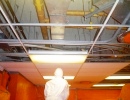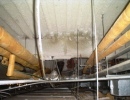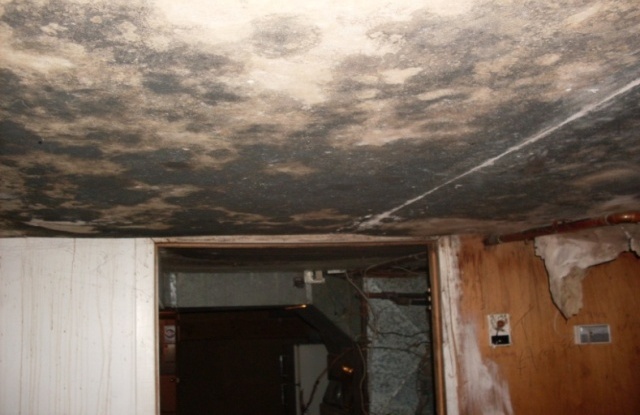Designated Substance Surveys
Designated Substances Survey includes visual assessments and sampling for all Designated Substances as listed under the Canadian Provincial Occupational Health and Safety Acts. We at SHAZ also establish and implement client-specific Designated Substance assessments to include substances outside of the scope of designated substances, but that may still considered dangerous materials, chemicals, and/or biological contaminants.
SHAZ Management has the capabilities and expertise to provide management, control, and inspection during removal of designated substances once they have been identified.
What is a Designated Substance?
A designated substance is identified in Canada by the Ministry of Labour. These include following 11 substances:
- Acrylonitrile (used in industrial chemical processes)
- Arsenic (certain wood preservatives, occurs naturally in rock formations, metallurgy)
- Asbestos (old pipe insulation, old ceiling tiles and other building construction materials)
- Benzene (solvent found in petroleum products)
- Coke oven emissions
- Ethylene oxide (used in industrial chemical processes)
- Isocyanates (used to produce pesticides)
- Lead (old paint and old plumbing solder)
- Mercury (thermometers and laboratories)
- Silica (fine sand dust from concrete)
- Vinyl chloride (precursor to polymers)
ASBESTOS
Asbestos is a group of natural mineral fibers widely used to manufacture building materials for nearly a century. Asbestos was highly prized in the building industry for the strength, insulation properties, and fire resistance that the fibers added to materials like roofing, insulation, siding (plaster, drywall joint compound etc.), and vinyl floor tiles.
Millions of homes and buildings still contain asbestos used in their construction. As long as the materials are in good shape and cannot be crumbled by hand, the asbestos is adequately contained and poses no danger. When the materials crumble from age or exposure or are damaged, asbestos can become a health hazard.
Contact Us
Contact us for further information.




